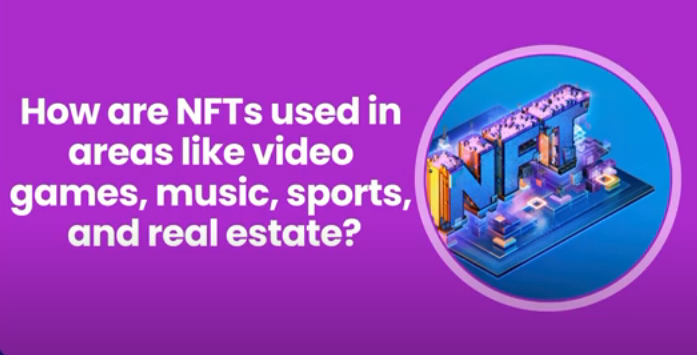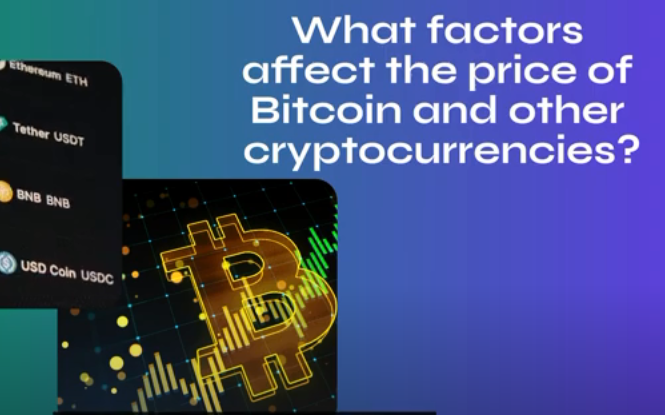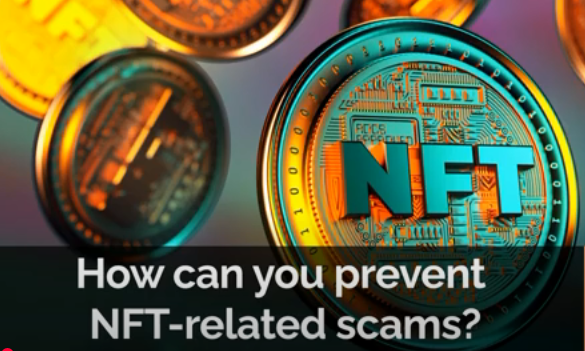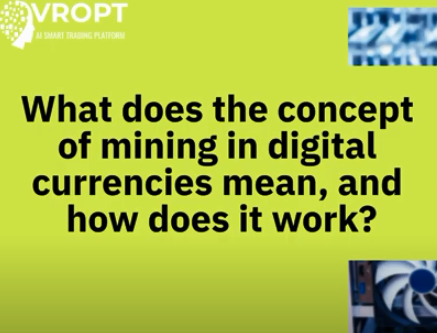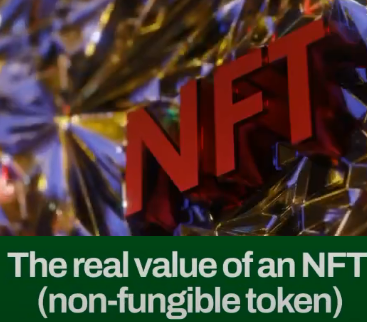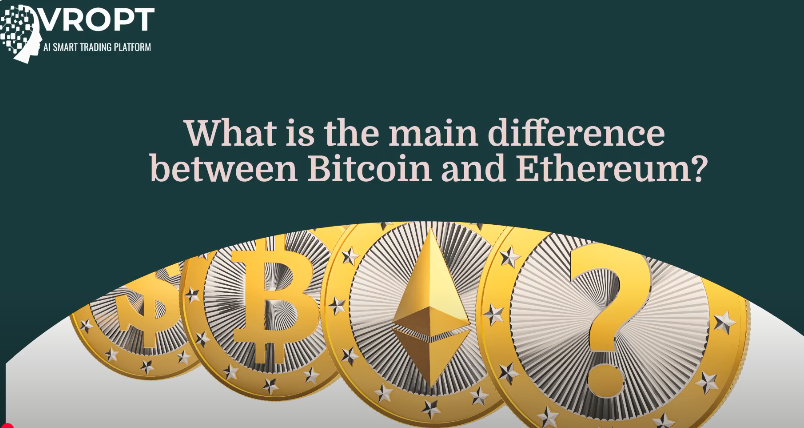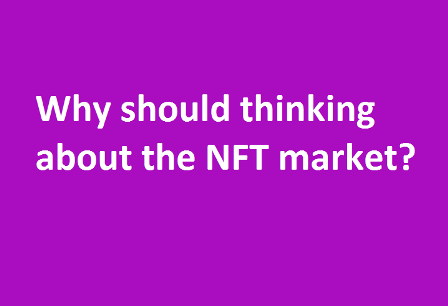Curious about how NFTs are shaping industries beyond art?
Videos
When you own Bitcoin, it is stored in a digital wallet that holds a pair of cryptographic keys: a public key and a private key.
If you’ve ever wondered what really drives the price of Bitcoin and other cryptocurrencies, this video is a must-watch!
In just a few minutes, you’ll learn the key factors that influence crypto prices — from supply and demand to global news, government regulations, and even whale activity
The rise of NFTs has created exciting opportunities, but it has also attracted scammers looking to exploit unsuspecting investors.
Mining in the context of cryptocurrencies refers to the process of validating transactions and adding them to the blockchain—essentially the digital ledger that tracks all transactions. It requires powerful computers to solve complex mathematical problems, which, when solved, allow miners to add a new block to the blockchain.
The value of NFTs depends on scarcity, creator reputation, utility, community support, ownership history, and market trends. These factors collectively determine their desirability and price in digital ecosystems.
Bitcoin (BTC) and Ethereum (ETH) are the two largest cryptocurrencies, but they have distinct purposes, technologies, and features. Here’s a breakdown of the differences: Bitcoin, a digital currency, focuses on value storage and transactions. Ethereum supports smart contracts and dApps. Ethereum offers faster transactions and evolves with Ethereum 2.0. Bitcoin’s supply is fixed, while Ethereum adapts its monetary policies.
Discover the vast potential of the Metaverse, a virtual reality space that goes beyond our wildest dreams.
The future world with cryptocurrenciesis likely to be shaped by combination of decentralization, increased financial inclusion and digital innovation
The NFT market has become one of the most successful market in recent years. According to the statistics published by some reliable websites like Statista, NFTGO and coinmarketcap, the market will have high growth potential in the future.


